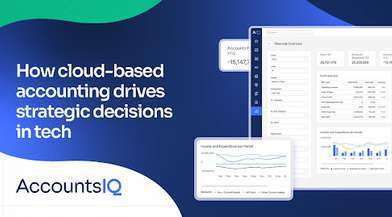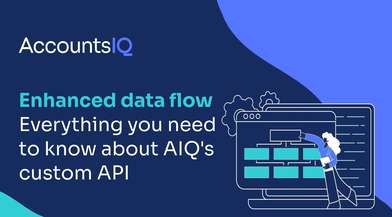
“All eyes are on finance now for data, we’re like the data gatekeepers.”
Those were the words of Joanna McGovern, Finance Director with Chopstix at one of our CFO webinars.
The finance role isn’t just about processing paper and transactions. It’s about stepping back, looking at the data and key drivers, and opening up new opportunities across the business.
To achieve that shift, CFOs need broad business, not just financial, data. And it must be timely, reliable and structured. Here are nine management reports every finance team should have at their fingertips.
1. Cash and cashflow forecast
Always top of any finance team’s list! Around 80% of businesses fail due to lack of cash. But proper cash flow forecasting enables you to predict when issues may arise – and take action.
2. Sales forecast or customer pipeline
Where are your future sales coming from? How many new customers are in the pipeline, what’s the probable conversion rate, timeline and value? These numbers will feed into your overall cashflow forecast.
3. Consolidated and segmented P&L, balance sheet and historic cash flow
The bread and butter of every CFO reporting period. You’ll need a consolidated top-down view of your financial position and segmented past performance of business units, products and channels. This will help your management team make better, more informed decisions.
4. Product/sales mix and concentration
This sub-section of the consolidated and segmented P&L goes deeper. It gives greater insights into what is working well (or not!) and helps you spot trends and opportunities.
5. OKR (objectives and key results)
Reporting on the progress of specific business objectives keeps everyone focused on your strategy.
6. Risk
Early awareness of risks is often enough to set the right plan in motion to weather the storm. Every business needs a register of risks with likelihood rating, impact and proposed mitigating responses.
7. Segmented gross margin/contribution
This is essential for benchmarking. It means you can identify which parts of the business are providing the greater contribution and where you might be able to apply lessons across the business.
8. Customer behaviour
The exact metrics you need to understand your customers will vary depending on your business. They are likely to include: customer acquisition cost by channel, spend by customer, repeat orders, customer satisfaction or NPS scores and churn rates.
9. Internal productivity
There are many ways to measure productivity and, again, the metrics you choose will depend on your business and sector. But benchmarking will help you understand and monitor efficiency gains across multiple processes and departments.


